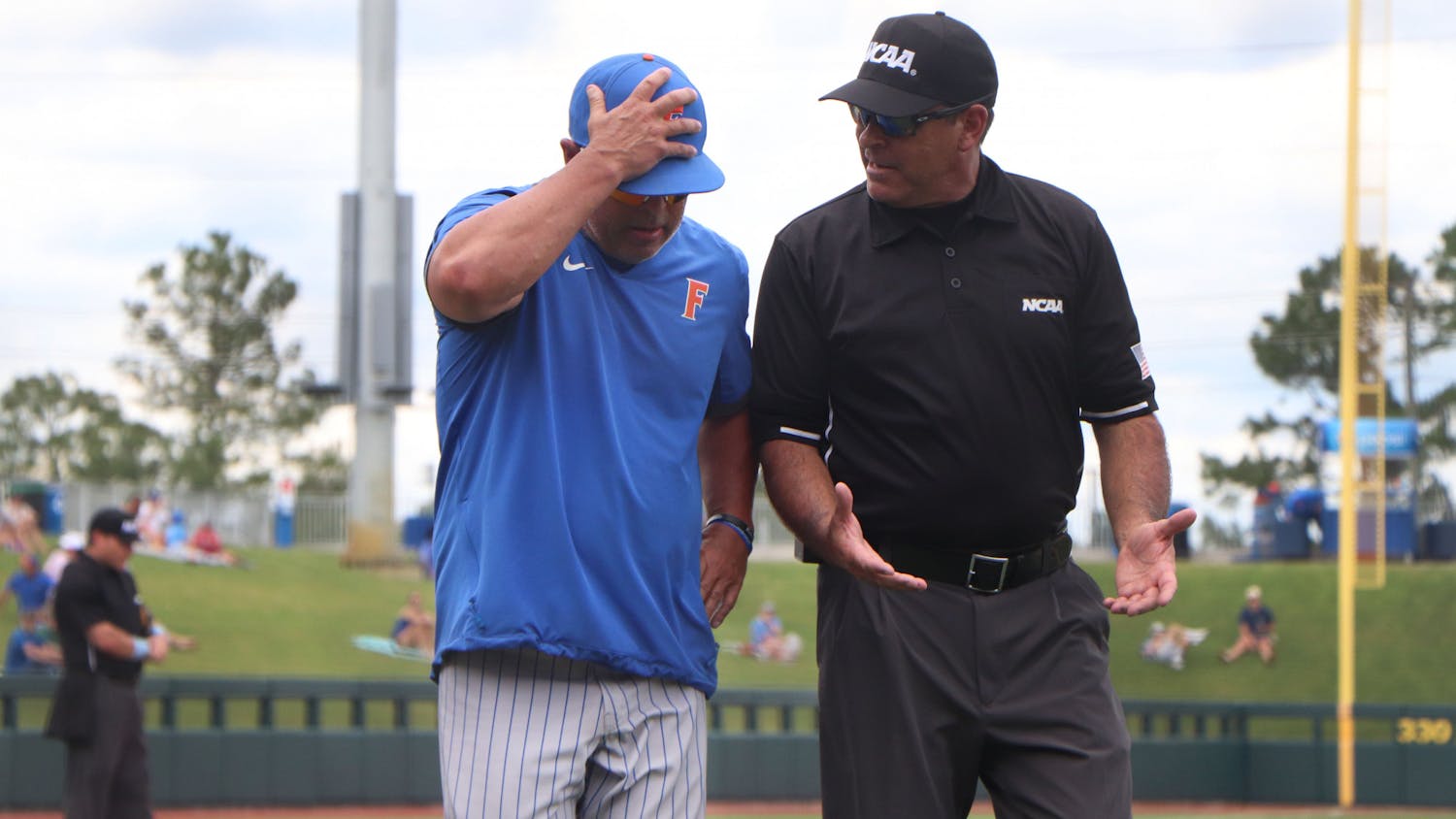UF is a part of history again.
A new study reports that a fossil found in Vero Beach in 2009 is a 13,000-year-old bone with an incision of a mammoth or mastodon. The lead author is Barbara Purdy, professor emerita of anthropology at UF.
"This probably doesn't mean a thing to a lot of people," Purdy said, "but it is quite something."
The bone, which is probably from a mastodon, mammoth or giant sloth, is the oldest piece of artwork ever discovered in the Western Hemisphere, she said.
The bone did not appear to be a hoax because of the way it had weathered, and there were no indicators that metal instruments, which did not exist during that period, had ever touched the bone.
Though she said she still has some doubt, because there aren't any other discoveries like this, Purdy said she is excited.
The Smithsonian Institute believes the discovery is legitimate.
"We say it's 13,000 years old," said Dennis Stanford, an anthropologist at the Smithsonian National Museum of Natural History. "That's a minimum date." Stanford is a co-author on the report.
"I think it's a significant find that shows us the artistic complexity for the first Floridians," Stanford said.
The fossil has been exhibited since November in the Florida Museum of Natural History.





